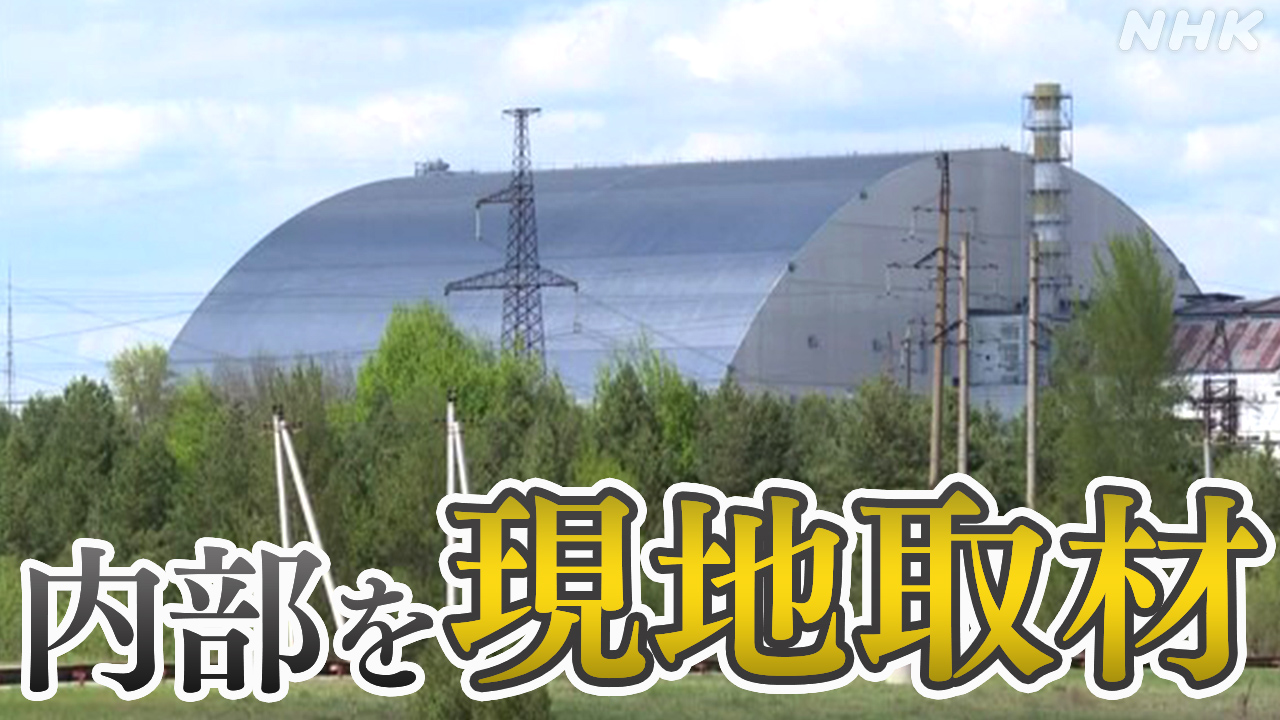Chernobyl's Damaged Shelter: A Report from Ukraine
A new sarcophagus protects the world from Chernobyl's legacy, but challenges remain.
The Chernobyl disaster, a catastrophic nuclear accident that occurred in Pripyat, Ukraine, on April 26, 1986, remains one of the world's worst nuclear tragedies. Thirty-seven years later, the site continues to be a focal point for international attention, particularly concerning the long-term stability of the damaged reactor and its surrounding environment. This report offers an update on the current state of Chernobyl's shelter and the ongoing efforts to secure the site.
The New Safe Confinement: A Modern Marvel
The initial containment structure built hastily after the explosion was quickly deteriorating. Recognizing the immense risk of further radioactive material release, an international effort led to the construction of the New Safe Confinement (NSC), a massive arch-shaped structure that encloses the damaged reactor 4. Completed in 2019, the NSC is a testament to engineering ingenuity. It's designed to withstand extreme weather conditions and prevent further radioactive dust dispersal for at least 100 years.
Key Features of the NSC:
- Immense Size: The NSC is colossal, measuring 165 meters high, 257 meters long, and 150 meters wide—large enough to house the Eiffel Tower.
- Robust Construction: Built to withstand extreme weather events including high winds and heavy snowfall, ensuring long-term stability.
- Radioactive Containment: The structure significantly reduces the risk of radioactive material escaping into the environment.
- Remote Operations: Much of the work inside the NSC is performed remotely using robotic systems to minimize human exposure to radiation.
Ongoing Challenges and Future Plans
Despite the successful completion of the NSC, challenges remain at the Chernobyl site. The decommissioning process is a complex and lengthy undertaking. This includes:
- Waste Management: The site contains a vast amount of radioactive waste that needs to be safely stored and managed for centuries.
- Environmental Monitoring: Continuous monitoring of radiation levels in the surrounding environment is crucial.
- Long-Term Funding: The ongoing maintenance and decommissioning of the Chernobyl site requires significant financial resources.
- Exclusion Zone Management: The Chernobyl Exclusion Zone remains largely uninhabitable, requiring careful management and ongoing research into the long-term effects of radiation on the environment.
The Chernobyl Exclusion Zone: A Unique Ecosystem
The Exclusion Zone itself has become a subject of significant scientific interest. The absence of human activity for decades has led to the development of a unique ecosystem, providing valuable data on the effects of radiation on wildlife and plant life. Researchers continue to study this area, offering insights into ecological resilience and the long-term impact of nuclear disasters.
Research in the Exclusion Zone:
- Wildlife Studies: Scientists are studying the adaptation of animal populations to the radioactive environment.
- Plant Ecology: Research focuses on how plants have adapted and thrived in contaminated areas.
- Soil Remediation: Studies are investigating methods to remediate the contaminated soil.
Conclusion: A Legacy of Caution and Resilience
The Chernobyl disaster serves as a stark reminder of the potential dangers of nuclear technology. While the NSC represents a significant step towards securing the site, the long-term challenges remain considerable. Ongoing international cooperation and continued research are essential to ensure the safe management of the Chernobyl site for generations to come. The story of Chernobyl is not just one of disaster, but also one of resilience, innovation, and the ongoing commitment to mitigating the consequences of a catastrophic event. Learning from Chernobyl is crucial for preventing future nuclear accidents and managing the legacy of existing nuclear facilities worldwide.
Keywords: Chernobyl, Chernobyl Disaster, Chernobyl Exclusion Zone, New Safe Confinement, NSC, Ukraine, Nuclear Disaster, Radiation, Radioactive Waste, Environmental Remediation, Ecological Resilience, Decommissioning, Nuclear Safety.
